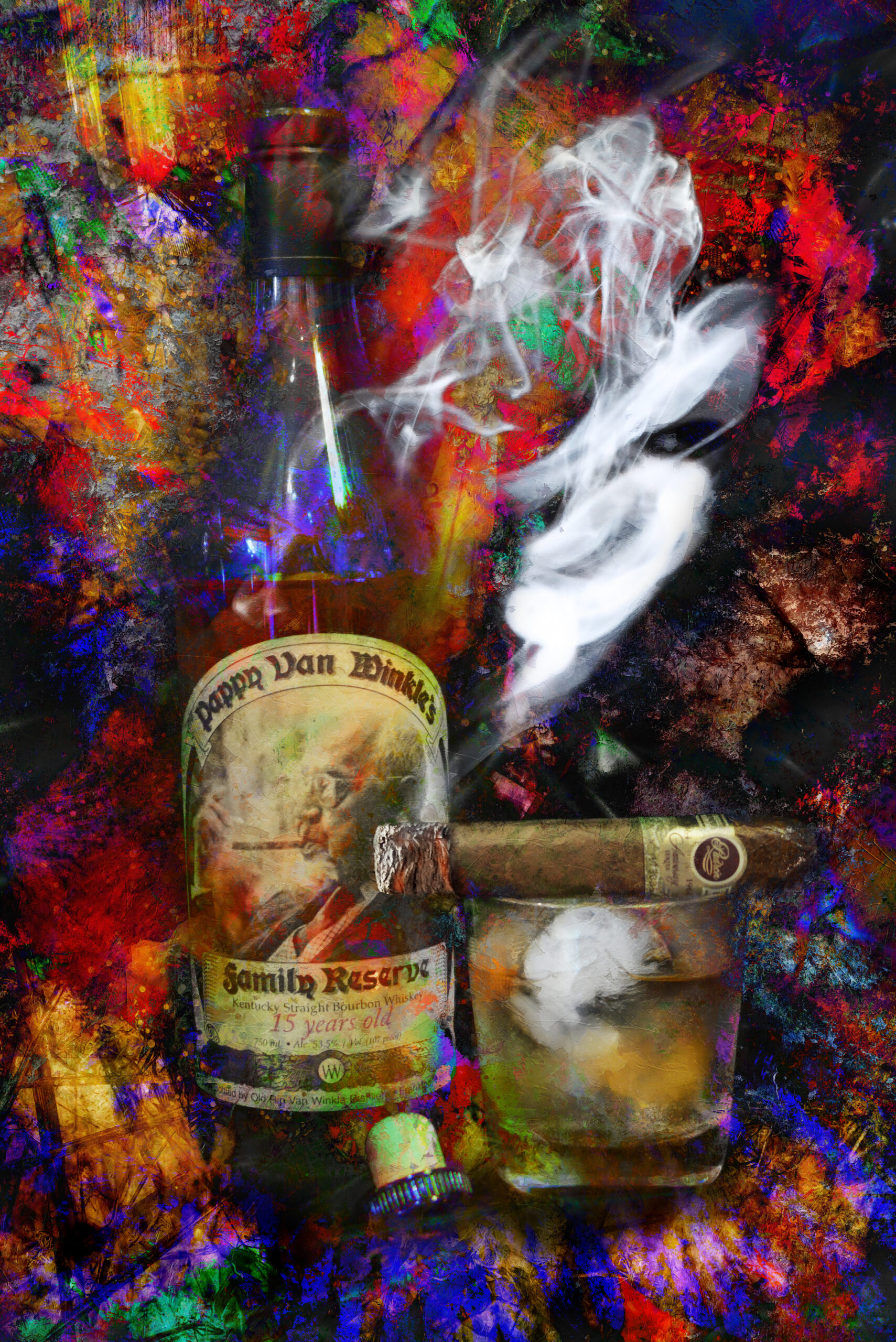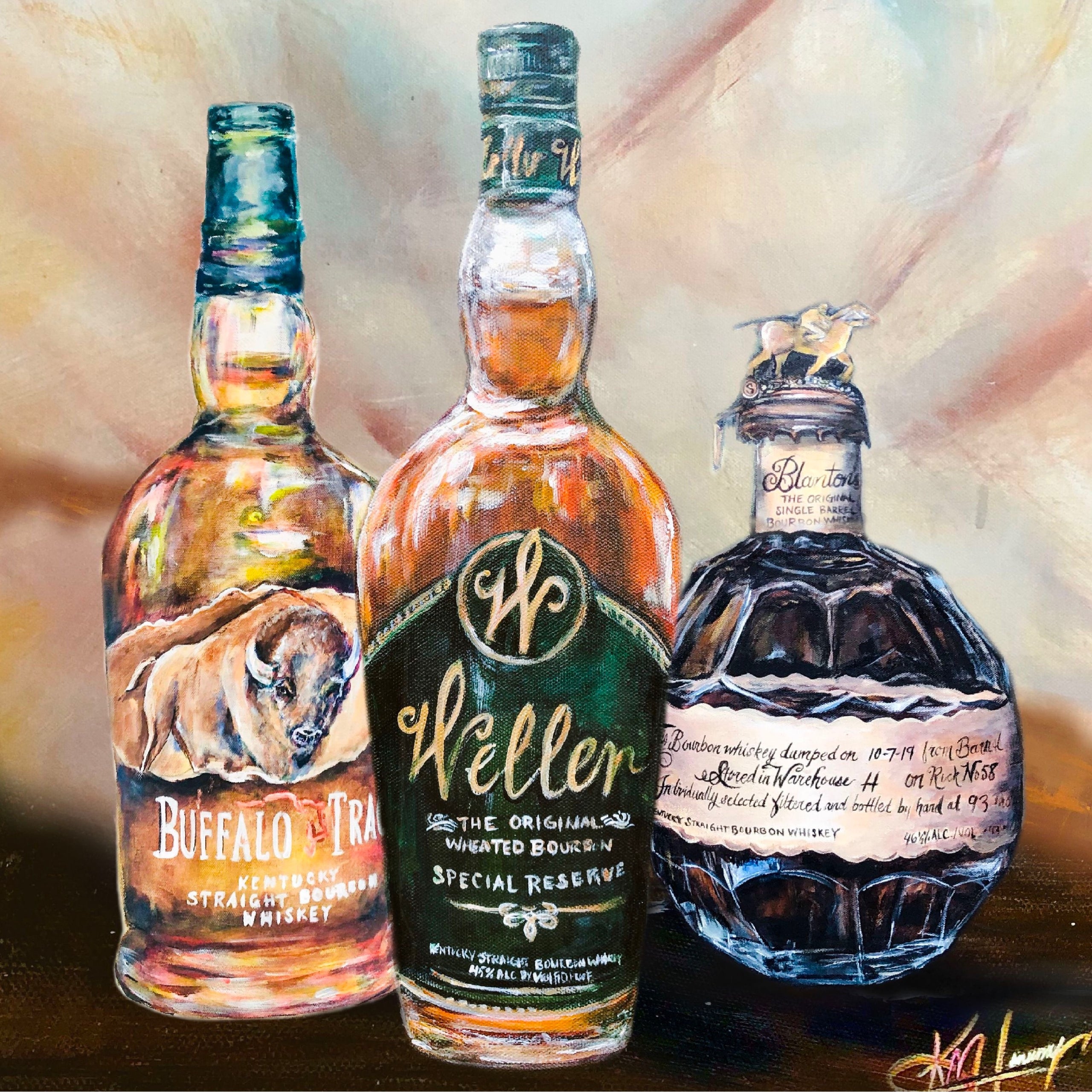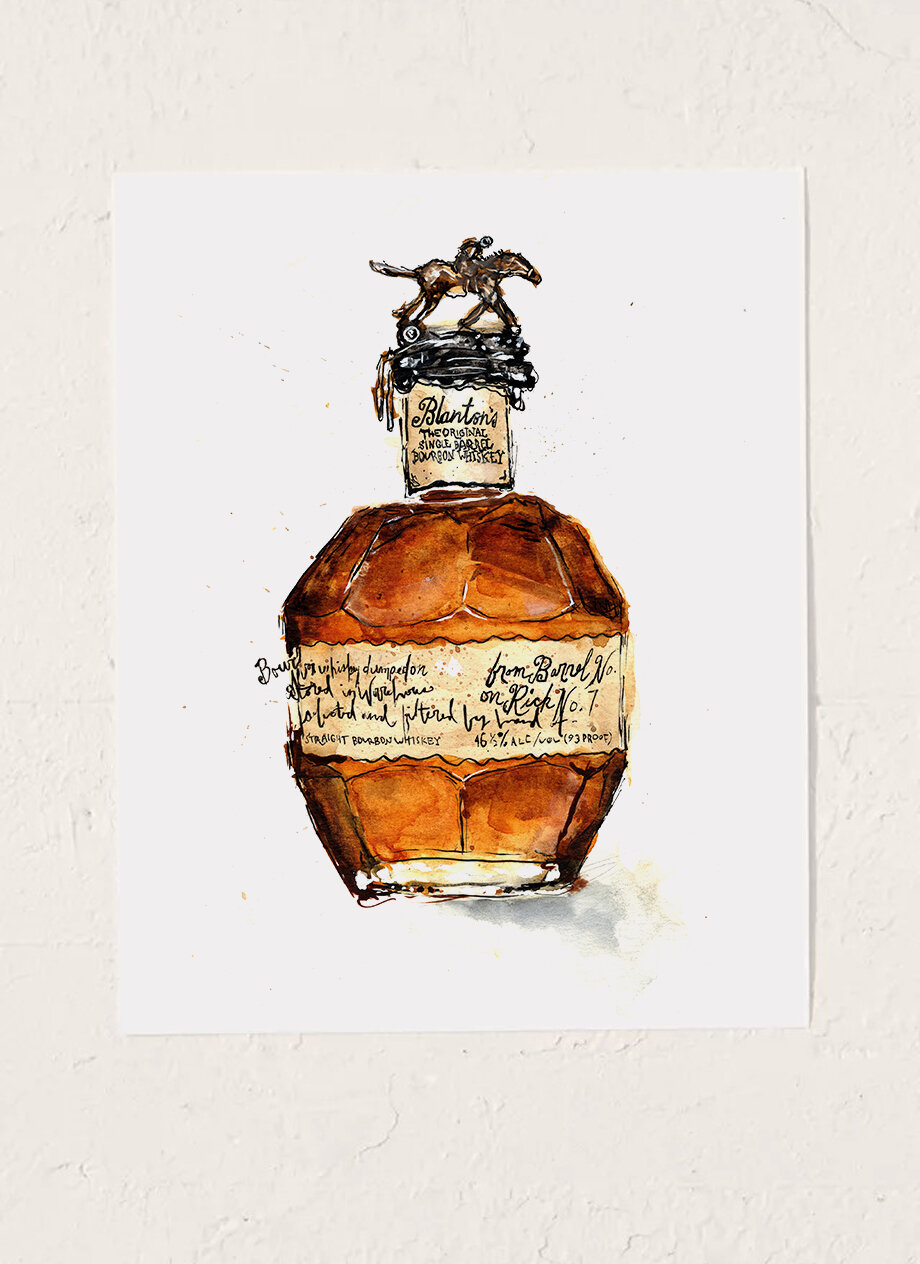Catching the Significance of Scotch Art Through Special Visual Depictions and Designs
The art of whiskey expands beyond the fluid itself, materializing with a range of graphes that encapsulate its fabled heritage and craftsmanship. From the precise design of tags that convey brand name narratives to evocative digital photography that captures the spirit's attraction, each creative expression offers to improve the customer's journey. As the industry accepts modern trends, the discussion bordering these representations becomes significantly rich and complicated, hinting at deeper links in between culture and imagination. What stays to be revealed is how these progressing designs reflect not just the bourbon itself but additionally the changing landscape of creative analysis.
The Background of Bourbon Art

As bourbon production spread, so as well did the need to raise its experience through art. From the complex inscriptions on very early casks to the sophisticated labels of modern-day bottles, each aspect reflects a special imaginative vision, functioning as an aesthetic story of the whiskey's heritage.
In the 18th and 19th centuries, the increase of the industrial transformation better enhanced whiskey art, causing cutting-edge packaging and marketing that recorded customer focus. Artists and developers began explore aesthetics, imbuing whiskey-related imagery with symbolic significances that communicated ideas of area, workmanship, and custom.
Today, scotch art remains to progress, mixing standard techniques with modern art forms. Bourbon Art. This ongoing dialogue in between the spirit and its graph highlights the enduring bond between whiskey and society, improving the total experience for lovers worldwide
Iconic Bottle Styles
While lots of factors contribute to the attraction of bourbon, legendary bottle designs play a pivotal role in forming customer assumption and enhancing the total experience. The aesthetic presentation of whiskey containers is not merely an aesthetic factor to consider; it functions as a bridge between the product and the customer, evoking feelings and establishing expectations.
Distinct shapes, materials, and closures can boost a scotch brand's identification, making it promptly recognizable on jampacked racks. The traditional Glenfiddich container, with its sophisticated tapered silhouette, shares a sense of custom and craftsmanship, while the vibrant, modern style of the Balvenie bottle shows technology and class. Additionally, making use of colored glass or special textures can recommend the top quality and character of the scotch within.
Famous designs frequently incorporate elements of social heritage, symbolizing the brand's background and link to its origins. Brands like Jack Daniel's use an uncomplicated, robust style that reverberates with its American whiskey heritage. Eventually, the effect of bottle layout extends beyond simple capability; it encapsulates the essence of the brand name, welcoming consumers to explore and indulge in the rich tapestry of whiskey culture.
Tag Artwork and Branding
Container layouts often set the phase wherefore consumers can anticipate, yet tag art work and branding play a similarly significant duty in connecting a bourbon's identification. The label serves as the first point of contact between the customer and the product, encapsulating the significance of the whiskey within its visual components.
Reliable label artwork combines shade, typography, and images to develop a story that reverberates with the brand's heritage and target market. For example, a label featuring intricate images and classic fonts might stimulate a feeling of tradition and workmanship, appealing to connoisseurs. On the other hand, vibrant colors and modern style elements may attract a more youthful market seeking innovation and enjoyment.


Photography and Visual Storytelling
Catching the essence of whiskey through digital photography and visual storytelling is an art kind that boosts the brand name experience. This medium goes beyond simple item representation, diving into the detailed stories that surround each container. By employing engaging imagery, digital photographers can stimulate emotions that resonate with customers, inevitably forging a much deeper connection to the bourbon brand.
Aesthetic narration in scotch photography often uses abundant appearances, lights, and make-up to highlight the distinct qualities of the spirit. The interaction of light and darkness can highlight the brownish-yellow shades of scotch, while the choice of history elements-- such as rustic barrels or classy glassware-- can strengthen the brand's heritage or way read review of living organizations.
Additionally, capturing the ritualistic aspects of scotch intake, from the putting to the tasting, invites customers into a sensory experience, allowing them to visualize the flavors and fragrances that wait for. Each photo not just showcases the product yet likewise narrates of workmanship, practice, and the moments that scotch can boost - Realism Art. Therefore, photography ends up being a powerful device in articulating the identification of scotch brands, positioning them within the wider cultural landscape
Arising Trends in Bourbon Art
The advancement of scotch art is significantly shaped by contemporary fads that show more comprehensive societal changes and customer preferences. This shift not only highlights the significance of sustainability look at more info however also boosts the story surrounding whiskey production.
Furthermore, digital art has risen in appeal, permitting ingenious representations of bourbon. Musicians are leveraging technology to craft immersive experiences, such as increased truth installments that involve viewers and provide a much deeper understanding of scotch's cultural relevance. This trend also expands to social media systems, where aesthetically striking material amasses attention and cultivates community among lovers.
Additionally, collaborations between whiskey brand names and musicians are ending up being extra typical. These partnerships produce limited-edition product packaging layouts and exclusive art work that celebrate both the craftsmanship of scotch and the creativity of musicians. As scotch art remains to progress, these arising patterns will unquestionably shape its future, cultivating a vibrant crossway of society, sustainability, and technology within the whiskey area.
Conclusion
Finally, the art of bourbon incorporates a varied array of graphes that show its rich heritage and workmanship. From legendary container layouts and complex tag artwork to engaging digital photography, each aspect contributes to a wider narrative that enhances the customer's experience. As arising fads, such as digital art and sustainability, remain to form this imaginative landscape, the complex identity of scotch continues to be a withstanding resource of social connection and expedition.

In final thought, the art of scotch encompasses a diverse selection of visual depictions that mirror its abundant heritage and workmanship.